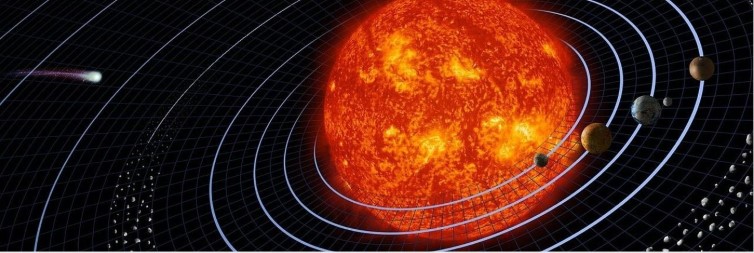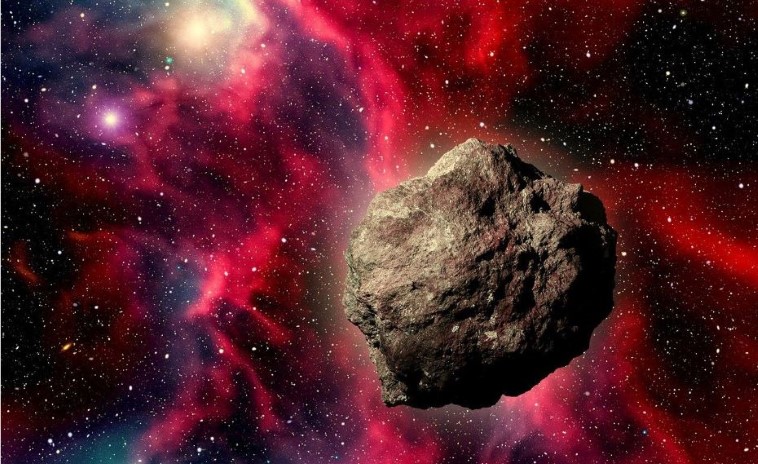Important facts about the Kuiper belt

The Kuiper Belt is a disk-sized area of hundreds, even thousands of small icy objects, and it extends behind Neptune at a distance of up to 55 AU from the Sun. What else do we know about this unusual region in the sky?
Kuiper belt bodies are the material left over from the formation of the outer planets of the solar system.
The Kuiper belt is somewhat similar to the asteroid belt that stretches between Mars and Jupiter, only 20 times wider and up to 200 times more massive. These icy objects are composed of methane, nitrogen, ammonia and water.
There are at least a few dwarf planets in the Kuiper Belt.
Also, some of the natural satellites originate from this belt. They originated in the Kuiper belt, but later migrated to the large planets that captured them. It is assumed that this was the fate of Neptune’s Triton and Saturn’s Phoebe.
Although it is called a “belt”, its shape is a torus, therefore, like a car’s inner tire. It should not be confused with the belt of Oort.
All these objects within the Kuiper belt, but also those much further away, all the way to the Oort belt, are called Trans-Neptunian objects by one name.
The belt is named after the Dutch-American astronomer Gerard Kuiper (1905-1973), who theoretically came to the conclusion of the existence of a disc of material in the outer parts of the solar system.

The Irish theoretical astronomer Kenneth Edgeworth (1880-1972) again considered the idea that in the outer regions of the solar system there are numerous bodies left over from the formation of the planets of the solar system.
Because of its contribution to the idea of the existence of a belt of bodies beyond Neptune, the Kuiper belt is also called the Kuiper-Edgeworth belt in literature.
The Kuiper Belt is the largest mapped structure in our planetary system, three times as big as all the territory from the sun out to Neptune’s orbit. Alan Stern
The facts
- The belt contains numerous icy objects that can be the size of regular ice cubes all the way to objects the size of planets.
- Some estimates speak of 100 million objects up to 20 kilometers in diameter.
- The largest Belt objects are Pluto, Quaoar, Makemake, Haumea, Ixion, and Varuna.
- Planetologists believe that Triton, now Neptune’s satellite, originated from the Kuiper belt, but Neptune captured it with its gravity.
- The first mission to enter the Kuiper belt was NASA’s New Horizons. In 2015, this spacecraft passed within close range of Pluto and its satellites, after which it continued its journey through this belt.
- Structures similar to the Kuiper belt also exist around other stars, as evidenced by Hubble telescope observations.
- Many comets that visit the inner solar system come from this belt. These are the most common comets with a period of up to 200 years.
- Objects in this belt store data on the prehistory of the Solar System.
Let’s finish up with this amazing quote:
“I like to think of our tiny speck-of-dust Earth wrapped inside its snug little Kuiper belt, cocooned somewhere inside the massive Oort cloud, completely undetectable inside a universe so massive there is no comparison. And here we are, living and dying, completely unaware of all that lies beyond. Terrifying, but also comforting, especially when things happen that are hard to understand.” — Uzma Jalaluddin
Did you know that here at OSR you can name stars?
